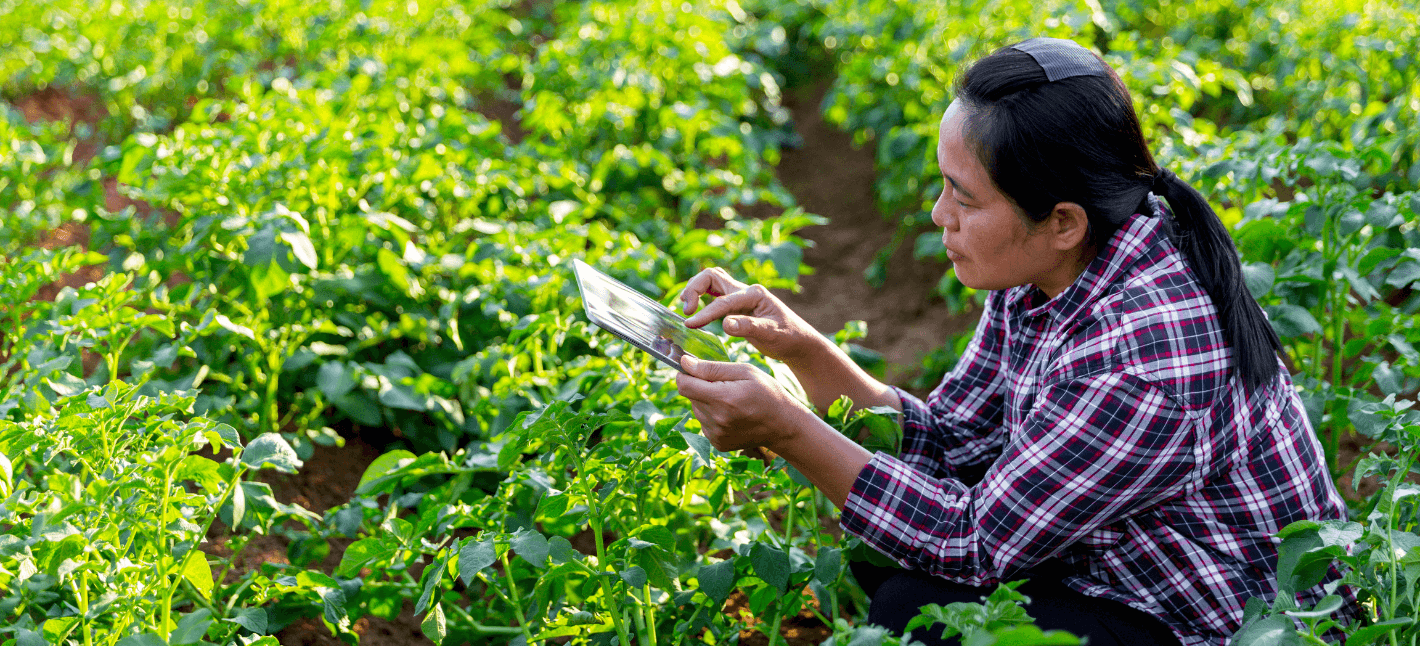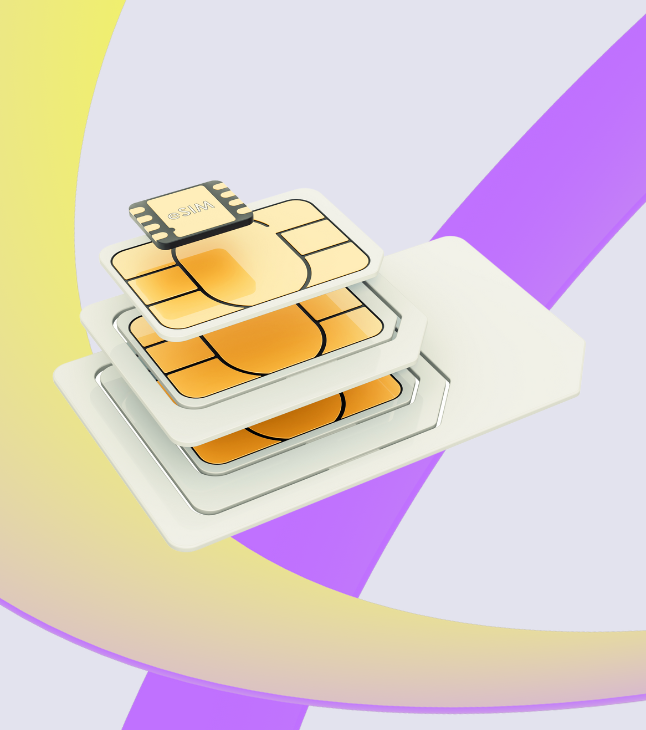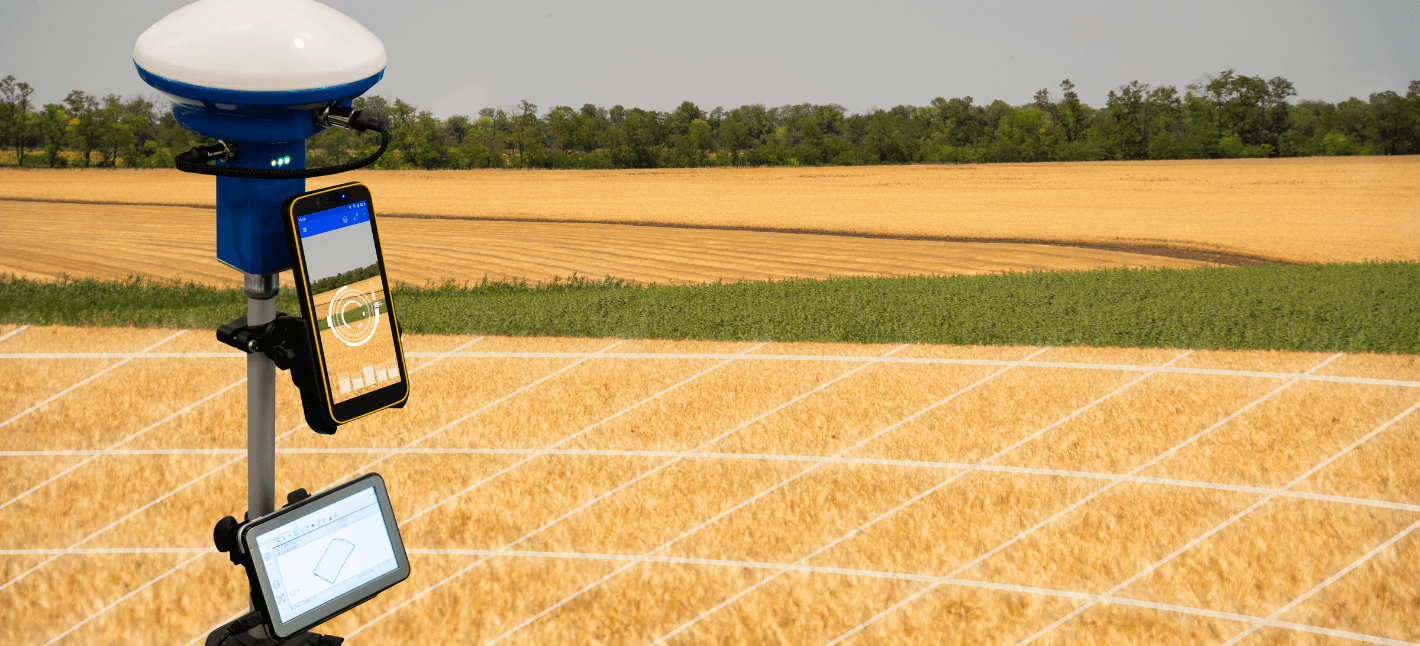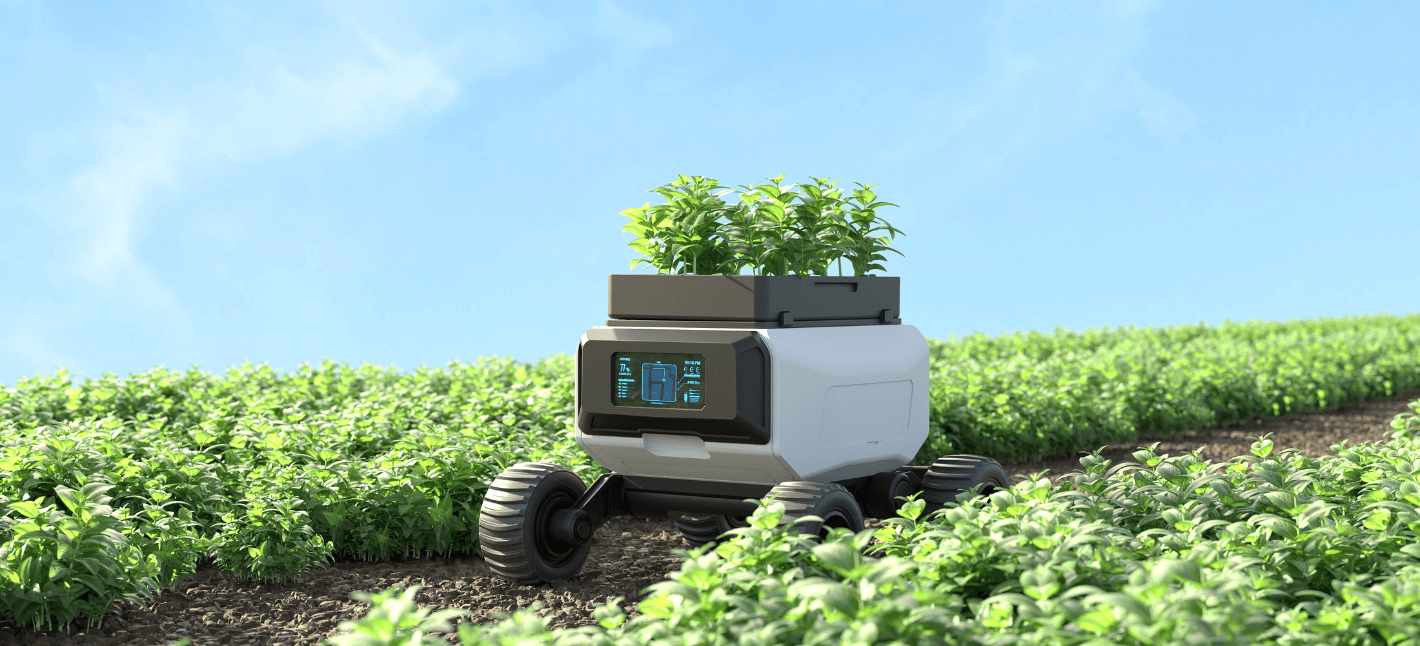The global population is expected to grow to 9.7 billion by 2050, as per the United Nations. Such a massive population will demand an increase of 60% in agriculture production. In such growing agricultural demands, technological developments like IoT solutions would play a very central role. Here’s a glimpse of this vast futuristic market and the role of IoT in agriculture.
Growing need for technology in agriculture
Agriculture can drastically benefit from various technological implementations. Given the current trajectory of smart farming trends, farmers are increasingly exploring avenues to engage in farming that is both resourceful and sustainable, aiming for optimal efficiency. Here are some of the existing pain points the farming industry has to address:
- Lack of awareness about the agricultural environment: Weather, soil health, livestock health
- Irregular agricultural operations, such as uneven fertilization, irrigation, or pest control
- Poor quality of air and water undermines all manual efforts
- No measurable insights towards agricultural production efforts
These are some of the areas where IoT manufacturers can add value as long as they are able to live up to the requirements of an agricultural IoT infrastructure.
What are some of the applications of IoT in agriculture?
Smart technologies and IoT farming methods provide farmers with effective solutions and fine-tuning options for optimizing their agricultural processes. Here are some of the IoT solutions that are much needed:
- IoT soil sensors
IoT sensors can now measure and help determine the health of soil for farmers based on several indicators. IoT sensors, such as measures of temperature, humidity, light, and pH, can log the data on the cloud. Ultimately, it can help present an insightful review of soil and necessary farming techniques.
→ Would you like to learn more about the role of IoT Sensors? Click here to read more
- Livestock health monitoring
Managing livestock is a pain point for farmers. Especially looking after their health and diseases. IoT wearable devices can get a deeper insight into the health of livestock and reflect if there is a need for any special treatment or attention. - Geo-fencing in farms
Geo-fencing solutions would help farmers to better map their vast proximity precisely. It will enable them to improve their crop planning and also track livestock movement within the farm. Geo-fencing can track and plan crops and livestock in a simple dashboard with a widescale and reliable internet network.
- NDVI crop health monitoring
Drones, IoT, and image processing, together, can do wonders for farmers. Drone image capturing and processing would allow farmers to identify the health and potential of crop growth through visual analysis. It would reduce farmers’ guesswork and provide them with accurate insights by leveraging IoT.
- Precision farming and irrigation automation
IoT manufacturers can also create solutions that would help farmers be effective with their efforts. Precision farming solutions can help farmers provide just the right amount of nutrients and resources to crops. It gets even better with the help of automated irrigation, so end users can farm easily and accurately. - Crop output and supply
Using IoT and a digital interface to manage the farming yield and delivering that to supply chains can help ensure that the output reaches consumers with minimum wastage and spoilage. Logging the yield output and supplying the produced timely plays a key role. - Equipment and asset tracking
Farming equipment and instruments can also be tracked easily with the help of an IoT network. An IoT network that can cover the farming area would help implement such a tracking solution. It will make sure farmers are productive with their time.
However, the applications of IoT in agriculture are different, and they come with unique challenges for manufacturers.
Several challenges with IoT in agriculture
Implementing IoT in agriculture comes with a set of prerequisites for device manufacturers to keep in mind. Here are some of the key constraints and needs of IoT solutions to operate in the agriculture industry:
- Higher cost of IoT implementations
IoT device manufacturers must make sure that the devices are inexpensive for all farmers, especially small farmers. That additional implementation cost might be the first roadblock for farmers to consider smart farming techniques. - IoT network coverage for farms
Agriculture IoT sensors and devices would need a large scalable IoT network to be able to connect with the internet in any area of the field. Such network coverage can only be accomplished by long-range, that of a cellular IoT network. - Measurement accuracy
Accuracy in measuring soil condition, tracking livestock, or measuring the yield requires extensive efforts from IoT manufacturers. The agriculture industry presents a unique challenge, and IoT manufacturers must have robust calibration techniques. - Robust product designs & IP ratings
Agricultural IoT products and sensors must be ready for some rough environmental conditions and usage. Certain Ingress Protection rating is a must to ensure that the device is ready to be used beneath the ground or can withstand rainfall. - IoT subscription plan
The network architecture defines how many IoT gateways are necessary to establish an IoT network in a farm. Depending upon the network topology, the cost of IoT connectivity can increase. An efficient network topology by device manufacturers can help end users with an affordable & scalable IoT subscription plan.
IoT Connectivity Partner for Agriculture Solutions
Freeeway offers hands-on support to device manufacturers that are designing an IoT solution in the agriculture industry. As an effective IoT connectivity partner, Freeeway will help you and your business with the network challenges of IoT agricultural solutions.
Contact us
Your form entry has been saved and a unique link has been created which you can access to resume this form.
Enter your email address to receive the link via email. Alternatively, you can copy and save the link below.
Please note, this link should not be shared and will expire in 30 days, afterwards your form entry will be deleted.




